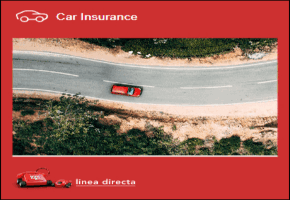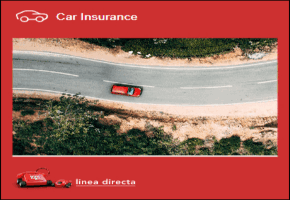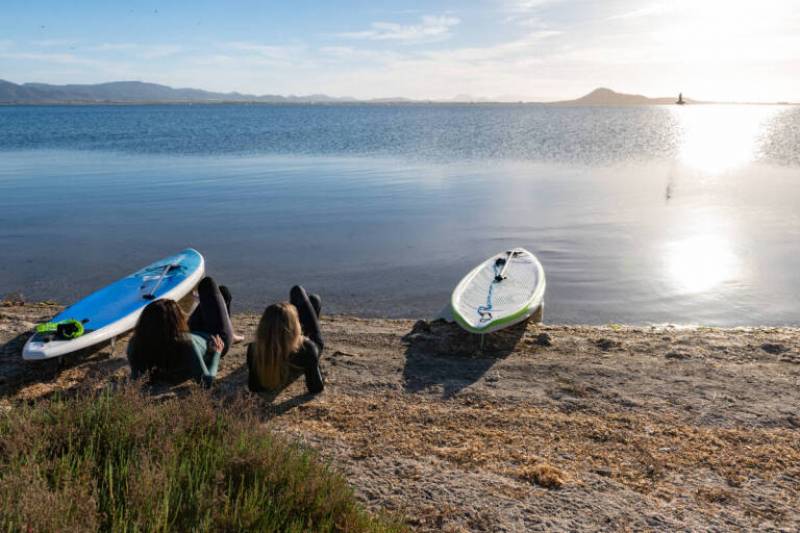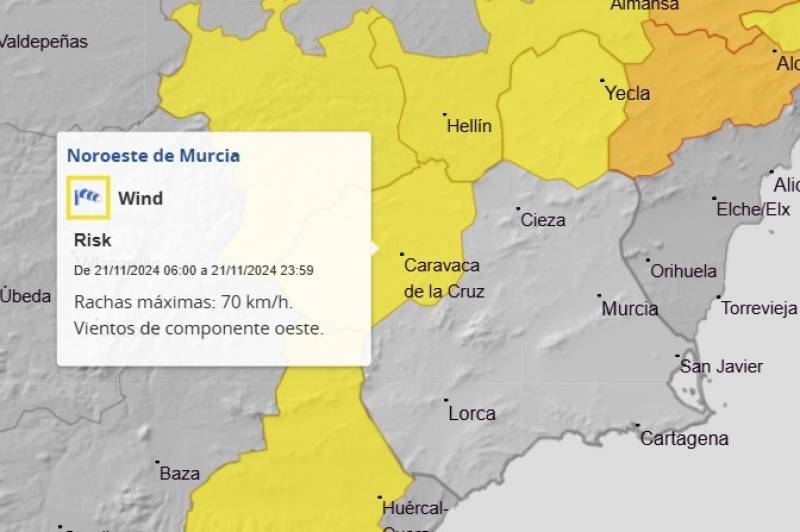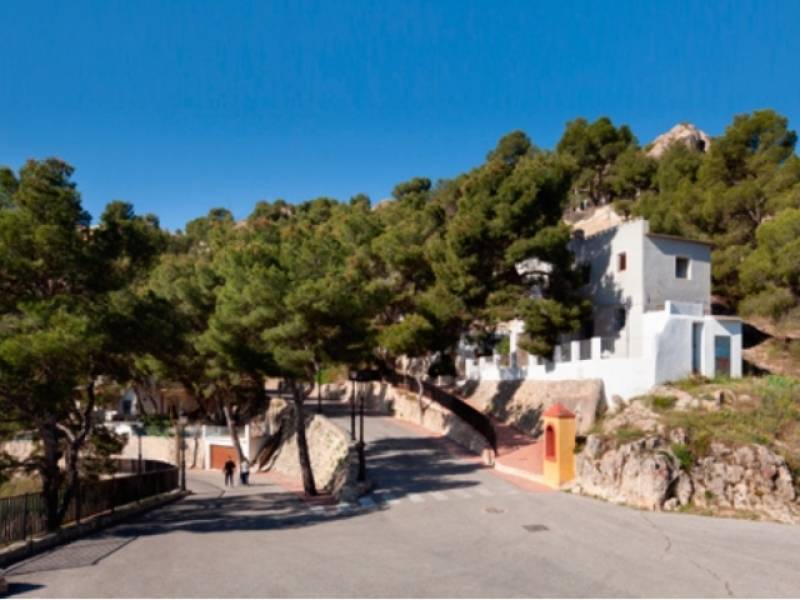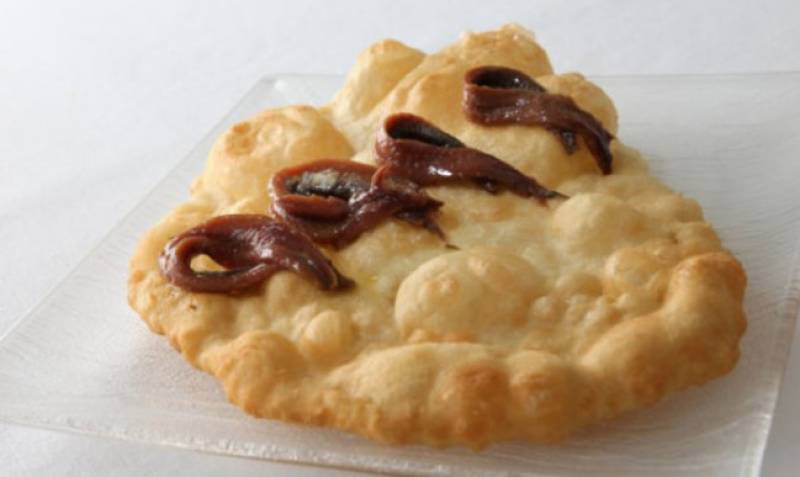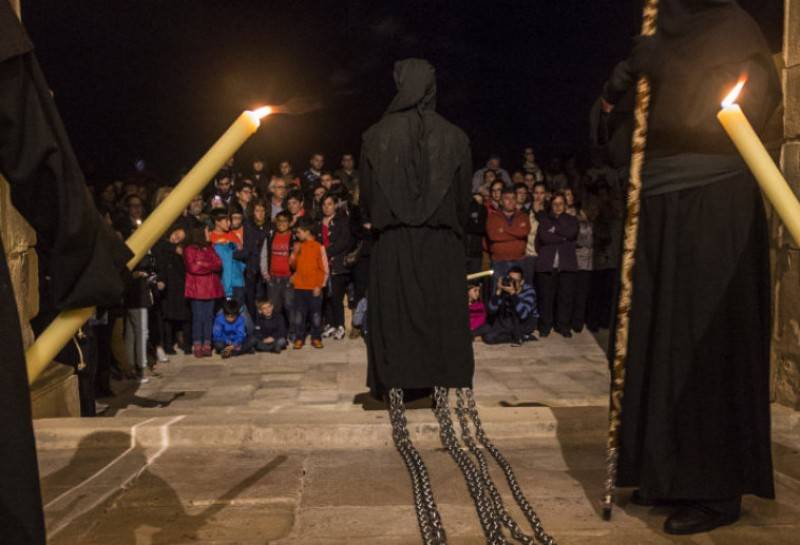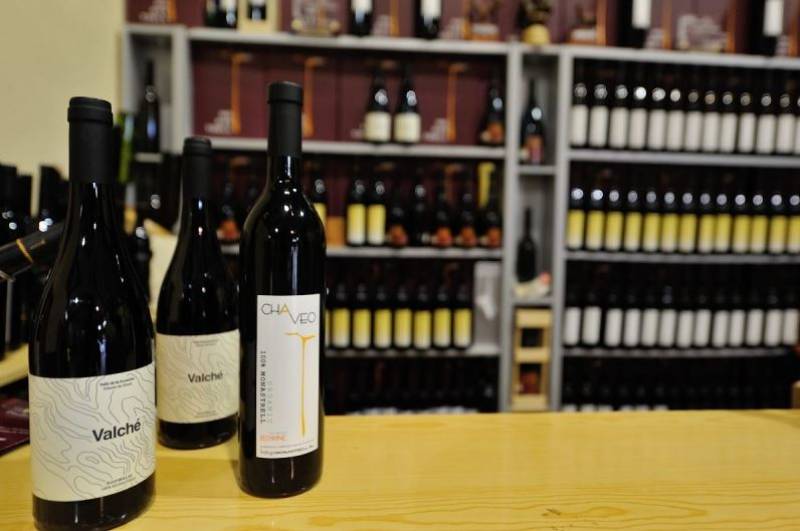

Guidelines for submitting articles to Roda Golf Resort Today
Hello, and thank you for choosing La Torre Today.com to publicise your organisation’s info or event.
Roda Golf Resort Today is a website set up by Murcia Today specifically for residents of the urbanisation in Southwest Murcia, providing news and information on what’s happening in the local area, which is the largest English-speaking expat area in the Region of Murcia.
When submitting text to be included on Roda Golf Resort Today, please abide by the following guidelines so we can upload your article as swiftly as possible:
Send an email to editor@spaintodayonline.com or contact@murciatoday.com
Attach the information in a Word Document or Google Doc
Include all relevant points, including:
Who is the organisation running the event?
Where is it happening?
When?
How much does it cost?
Is it necessary to book beforehand, or can people just show up on the day?
…but try not to exceed 300 words
Also attach a photo to illustrate your article, no more than 100kb

The Camino de Levante hiking and religious pilgrimage route to Caravaca de la Cruz
2024 will bring thousands of walkers to the north-west of Murcia as they hike to Caravaca
 As Caravaca de la Cruz prepares for its 7-yearly Holy Jubilee in 2024 and gets ready to welcome thousands of hikers and religious pilgrims there are various new routes for walkers to follow as they make their way to the north-west of Murcia to see the “lignum crucis” and receive their “plenary indulgence”, but the main one remains the “Camino de Levante”, which covers a distance of approximately 120 kilometres from Orihuela in the province of Alicante to the destination in Carvaca.
As Caravaca de la Cruz prepares for its 7-yearly Holy Jubilee in 2024 and gets ready to welcome thousands of hikers and religious pilgrims there are various new routes for walkers to follow as they make their way to the north-west of Murcia to see the “lignum crucis” and receive their “plenary indulgence”, but the main one remains the “Camino de Levante”, which covers a distance of approximately 120 kilometres from Orihuela in the province of Alicante to the destination in Carvaca.
All along the route there are inspirational stops and visits, not only for devout Catholics but for all kinds of hikers, and most walkers divide the journey into five walking days:
- Orihuela to Murcia
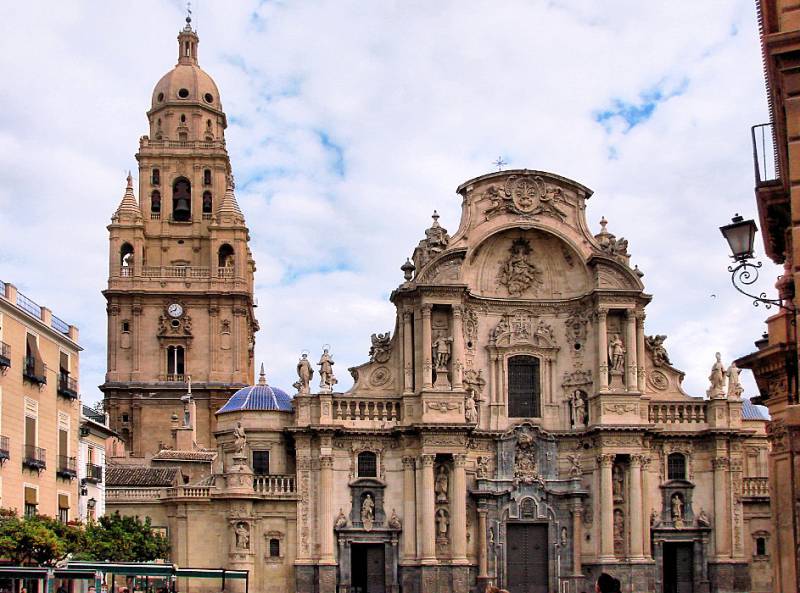 This initial section of the Camino de Levante follows the course of the River Segura and it takes around 6 hours to cover the 24 kilometres. Setting out from the Cathedra of El Salvador in Orihuela, the route is perfect for genuine rural tourism and on arrival there are of course a myriad of options for a well-deserved dinner in the capital of the Region of Murcia.
This initial section of the Camino de Levante follows the course of the River Segura and it takes around 6 hours to cover the 24 kilometres. Setting out from the Cathedra of El Salvador in Orihuela, the route is perfect for genuine rural tourism and on arrival there are of course a myriad of options for a well-deserved dinner in the capital of the Region of Murcia.
2. Murcia to Alguazas
Still in the “huerta” crop fields and orchars of Murcia, the Camino de Levante heads for Alguazas 26 kilometres away, passing the Museo de la Huerta in Alcantarilla, the massive water wheel and aqueduct in La Ñora, one of the most important monuments in this rural area and a testament to the ingenuity which made farming possible in the days before mass irrigation and the water supply canal from the Tajo basin further north.
Eventually you reach Molina de Segura, where a stop-off to visit the church of Nuestra Señora is recommended – the origins of the church date as far back as the 15th century and it is still perfectly preserved. Finally, another short walk in the countryside takes you to Alguazas for a good night’s rest!
3. Alguazas to Mula, castles and badlands
Another 26-kilometre stage takes you through the so-called “Badlands”, one of the most spectacular (if rather inhospitable) landscapes in the Region of Murcia which has been shaped by the water erosion of the millennia.
 There are Roman remains dotted all over Murcia and many of them can be seen on this third section of the Camino de Levante, including the villa of Los Villaricos which is between Los Baños de Mula and Mula itself. Also on the route is the castle of Alcalá in La Puebla de Mula.
There are Roman remains dotted all over Murcia and many of them can be seen on this third section of the Camino de Levante, including the villa of Los Villaricos which is between Los Baños de Mula and Mula itself. Also on the route is the castle of Alcalá in La Puebla de Mula.
4. Mula to Bullas, wine country
Now near the Regional Park of the mountains of Sierra Espuña (the first area in the Region of Murcia to receive European Sustainable Tourism certification), the breathtaking landscape on this relatively short stage (21 kilometres) is characterised by vineyards. With the mountains so close you might even see a golden eagle above you, especially if you take a detour from the Vía Verde del Noroeste (the North-West Greenway).
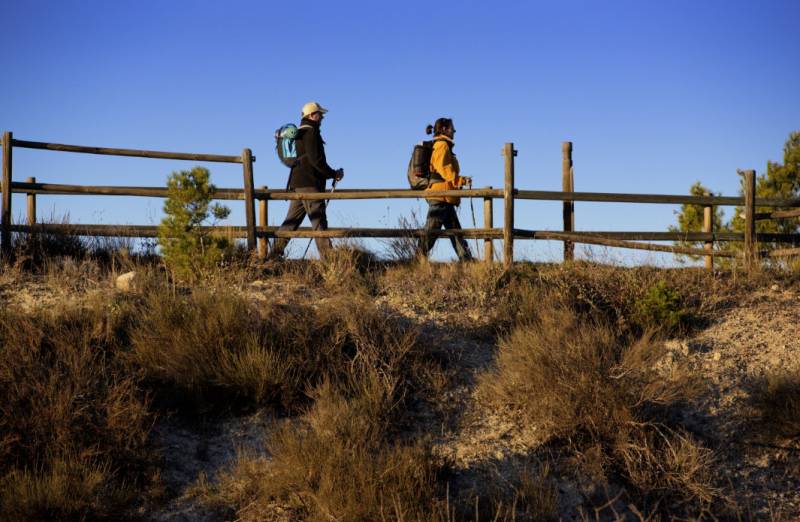 Another stop for pilgrims in El Niño de Mula, and before you know it you’ve reached Bullas, where the local wine enjoys protected Denomination of Origin status and the wine route is affiliated to the Spanish Wine Cities Association – don’t miss out on the chance to visit the fascinating wine museum, and of course enjoy a little tipple to ce lebrate having only one more stage to complete!
Another stop for pilgrims in El Niño de Mula, and before you know it you’ve reached Bullas, where the local wine enjoys protected Denomination of Origin status and the wine route is affiliated to the Spanish Wine Cities Association – don’t miss out on the chance to visit the fascinating wine museum, and of course enjoy a little tipple to ce lebrate having only one more stage to complete!
Or it you still fancy a Little more walking head out of town to celebrated Salto del Usero beauty spot and take a dip in its chilly water!
5. Bullas to Caravaca de la Cruz
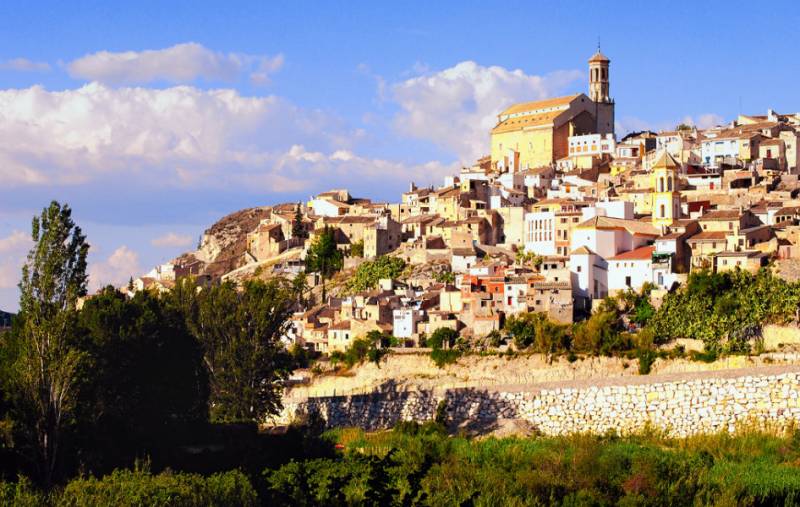 The end of the road, this last stretch takes you 21 kilometres to the Holy City of Caravaca as it climbs a total of 200 metres. The greenway follows an old railway line to the Taibilla water supply canal were, among pine groves and vineyards, you can stop off at the oldest winery in Bullas, Carrascalejo.
The end of the road, this last stretch takes you 21 kilometres to the Holy City of Caravaca as it climbs a total of 200 metres. The greenway follows an old railway line to the Taibilla water supply canal were, among pine groves and vineyards, you can stop off at the oldest winery in Bullas, Carrascalejo.
Not long before reaching Caravaca you can pay a visit to the neighbouring town of Cehegín, where the old centre has been declared a site of historical interest. Wind your way through the narrow streets and marvel at the heritage and wonderful viewing points, and if you’ve got time pay a visit to the runed city of Begastri, an old Roman city which was important enough to have its own Christian bishop in the 6th and 7th centuries (although some of the ruins are around 800 years older!).
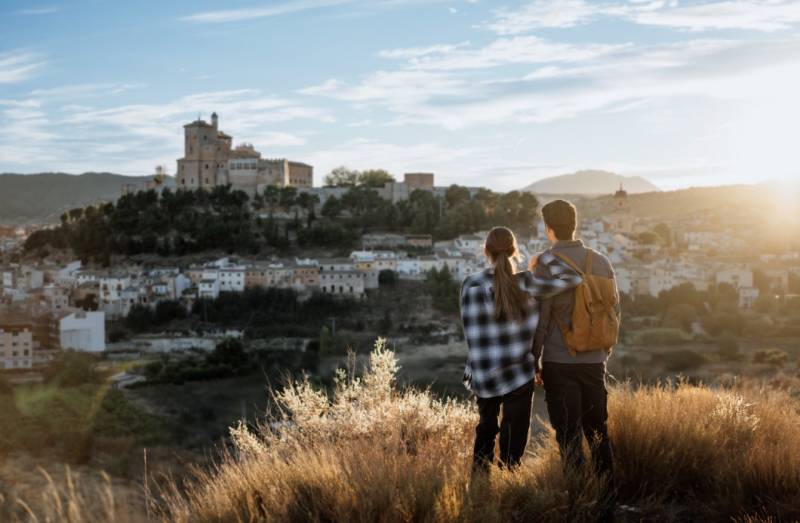 Finally, of course, you arrive in Caravaca de la Cruz, where the Sanctuary of the Holy Cross awaits you at the top of the hill. You’ve made it, and without a doubt it’s been worth the effort!
Finally, of course, you arrive in Caravaca de la Cruz, where the Sanctuary of the Holy Cross awaits you at the top of the hill. You’ve made it, and without a doubt it’s been worth the effort!
Source: ITREM

